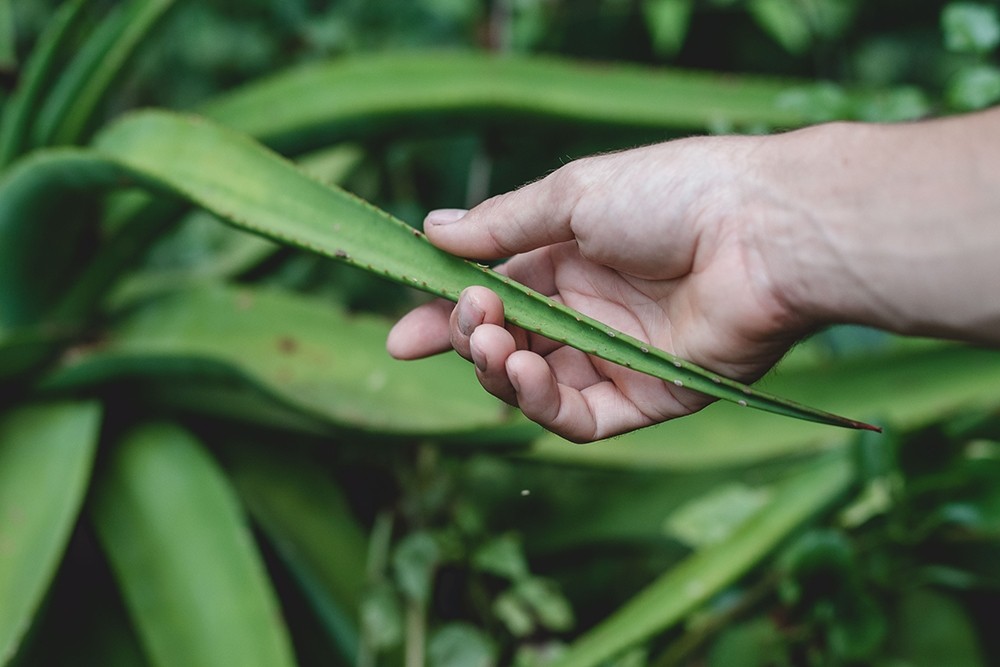Aloe is a subtle, gentle superhero. Found in a variety of digestive health and body care products, aloe can be used internally and externally. The gel is known to have soothing and hydrating effects.
Recorded use of aloe dates to the 4th century B.C. and there are many stories that mention aloe. For instance, legend has it that say the mythically beautiful Egyptian Queen Nefertiti, supposedly the most beautiful woman who ever lived, used aloe as part her beauty regime and in her medicine cabinet. (1) References are found on Egyptian papyrus, in Aristotle’s work, and in the Bible – ancient Greeks, Romans, Chinese, Indians (2) and Native Americans all used it.
The inner gel of this pokey plant is what is the part of the plant most known and used. (1)(2) The gel oxidizes and decomposes rapidly when exposed to air, and so loses much of its biological activities unless processed correctly to sterilize and stabilize it. (2) For this reason, it is important to get a trusted source of aloe vera gel.
Possible Benefits
Aloe is unique in its ability to penetrate layers of the body’s tissue. It also stimulates the creation of new healthy cells and tissue, has at least 6 antiseptic agents that kill bacteria, viruses and fungi; has a clearing effect on the nervous system, and cleanses and normalizes the body’s metabolism. (1) This combination of healing actions provides many beneficial uses. Below are some of the reported uses of aloe vera gel.
External Uses of Aloe Vera Gel
- Healing Wounds
- Sunburn
- 1st to 2nd degree burns
- Softening skin
- Diminishing wrinkles
- Moisturizer
- Cleanser
- Acne
- Herpes
- Psoriasis
- Eczema
- Itch relief
- Other skin irritations
- Helpful for fragile skin
- Gum disease, mouth herpes
- Helpful for joint and muscle pain due to arthritis
Internal Uses of Aloe Vera Gel
- Anti-inflammatory
- Wound healing
- Analgesic
- Immune modulating
- Anti-tumor
- Antiviral
- Antibacterial
- Antifungal
- Improves liver function – helpful in excessive intake of alcohol
- Helps prevent scarring of liver
- Prevents stomach ulcers
- Facilitates digestion and intestinal transit
- Improve joint and muscle mobility
- Anti-diabetic (stabilizes blood sugar, Reduces cholesterol)
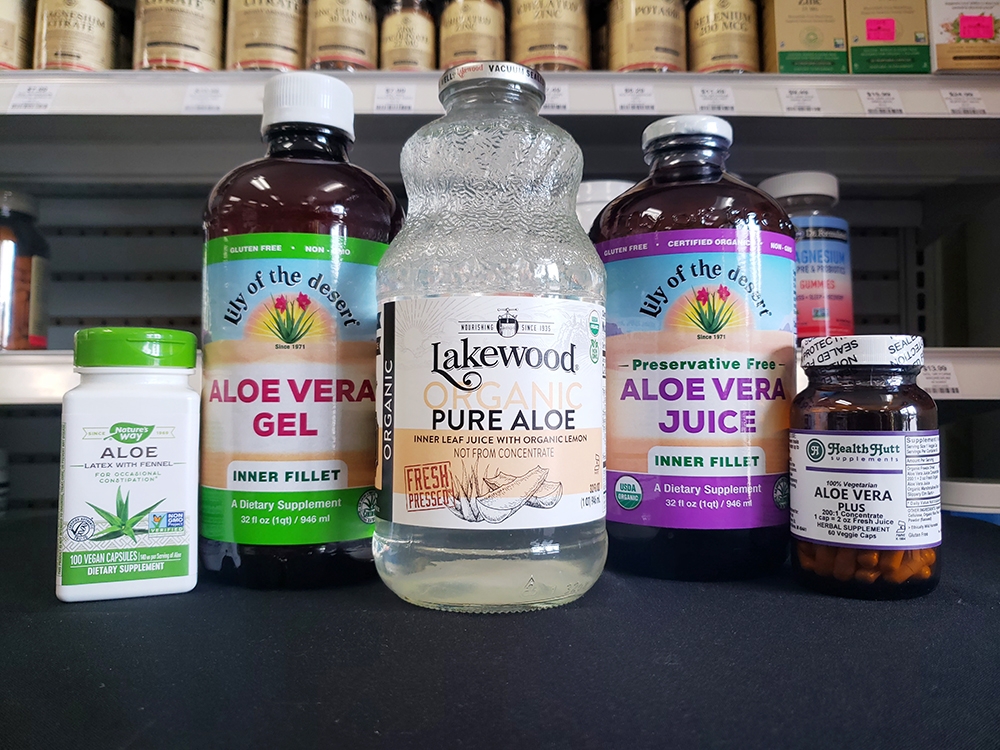
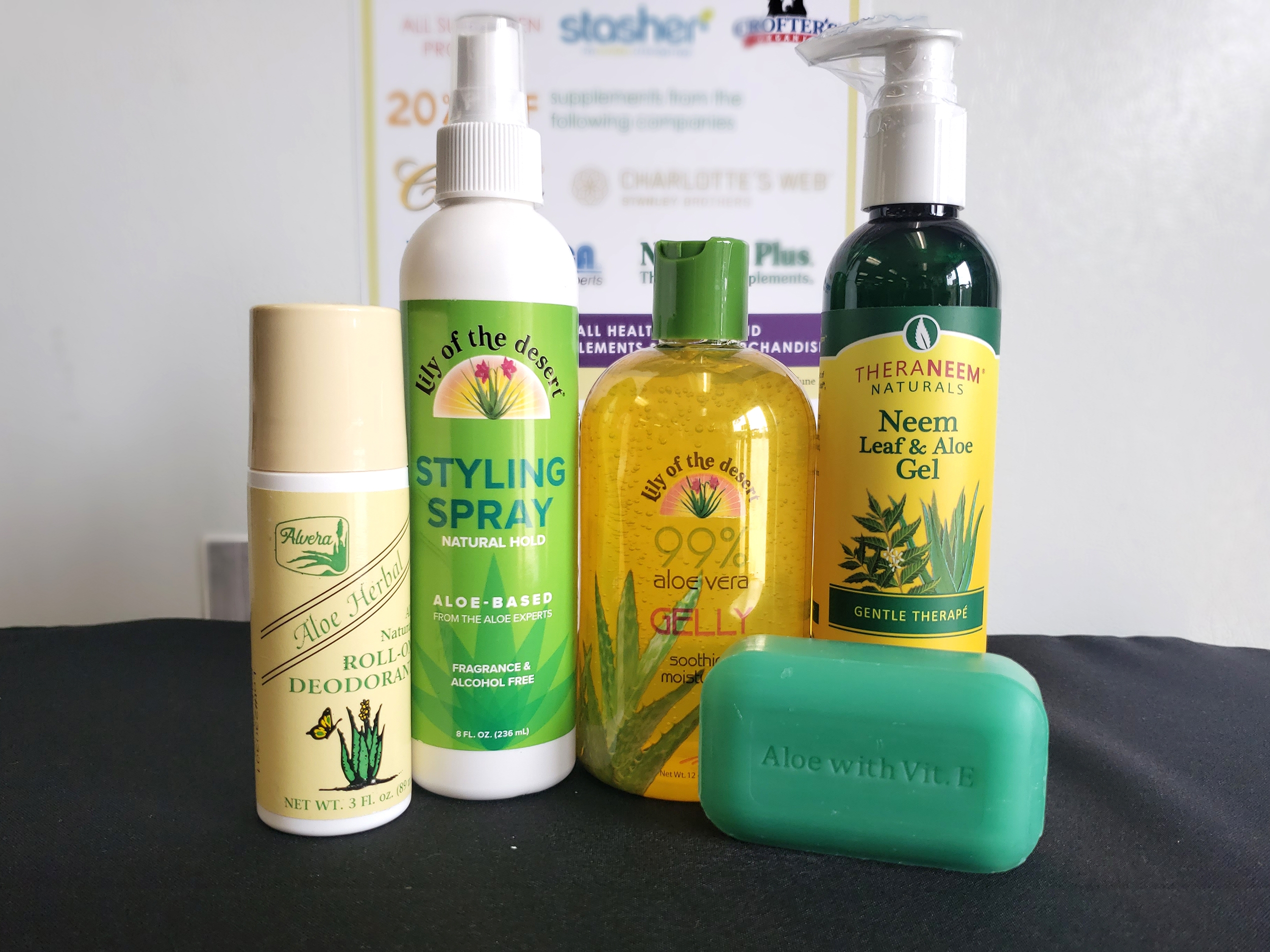
Major Substances Found in Aloe
The constituents of aloe vera are responsible for all of its healing effects. Combinations of these substances are resonsible for some of the above uses. For example, aloe's polysaccharide content and the growth hormone gibberellins may reduce wrinkling through increased elastin and collagen formation. (2) Below are some of the major substances found in aloe vera.
Vitamins: vitamins C, B1, B2, B6, beta-carotene, choline, folic acid, a-tocopherol
Anthraquinones: aloe-emodin, aloetic acid, aloin, Isobarbaloin, Barbaloin, Anthranol, and emodin, and ester of cinnamic acid. These act as natural laxatives, painkillers and analgesics and they contain powerful antibacterial, antifungal and virucidal properties
Minerals: calcium, chromium, copper, selenium, magnesium, manganese, potassium, sodium, and zinc
Polysaccharides: cellulose, glucose, mannose, aldopentose, acetylated mannan (acemannan), glucomannan, acetylated glycomannan, galactogalacturan, glucogalactomanna, Galactoglucoarabinomannan
Enzymes: amylase carboxypeptidase catalase cyclooxidase lipase oxidase
Other substances: arachidonic acid, cholesterol, gibberellin, lectin-like substances, lignins, salicylic acid, ȕ-sitosterol, steroids,triglycerides, uric acid
(2) (3)
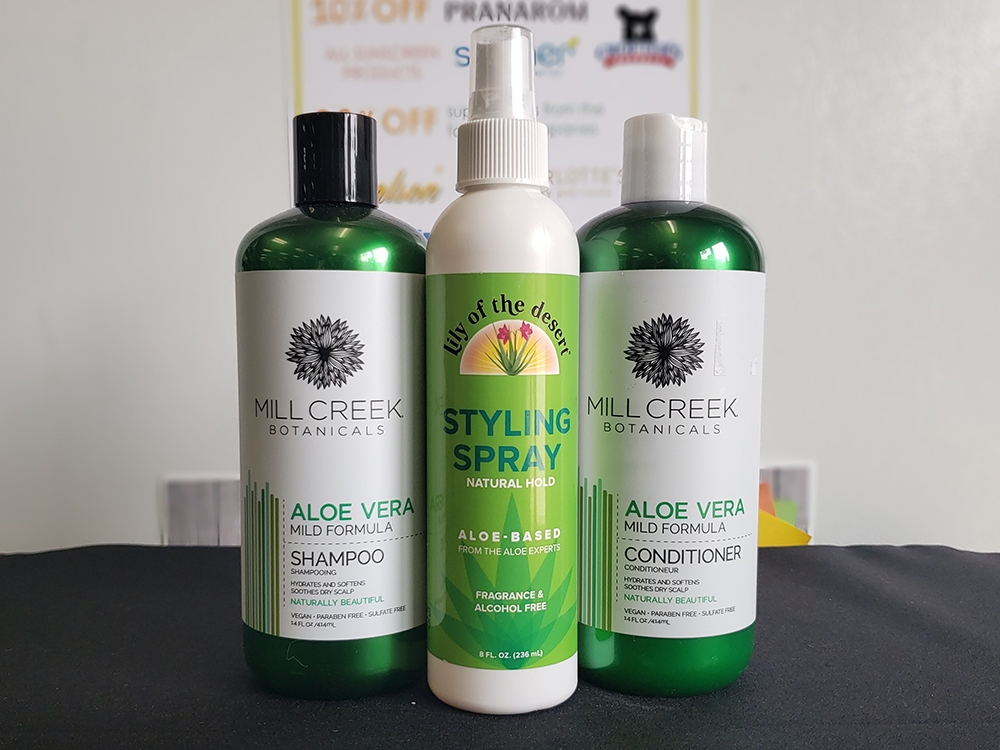
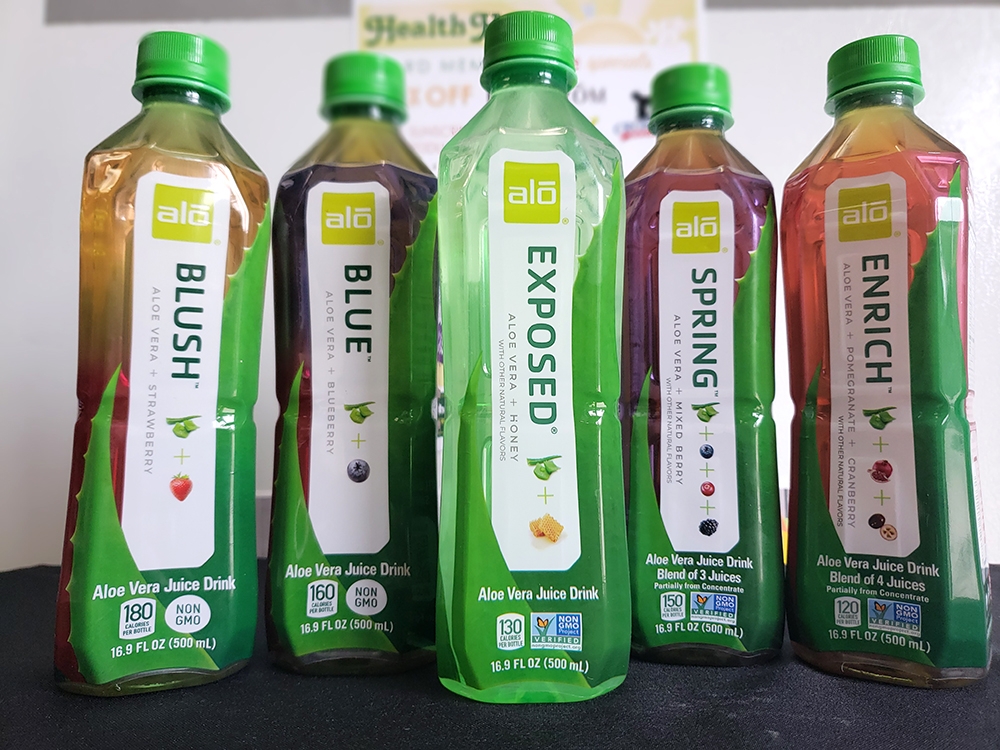
Sources
- Manvitha, Karkala, and Bhushan Bidya. "Aloe vera: a wonder plant its history, cultivation and medicinal uses." Journal of Pharmacognosy and Phytochemistry 2.5 (2014): 85-88. Manvitha, Karkala, and Bhushan Bidya. "Aloe vera: a wonder plant its history, cultivation and medicinal uses." Journal of Pharmacognosy and Phytochemistry 2.5 (2014): 85-88.
- Christaki, Efterpi V., and Panagiota C. Florou-Paneri. "Aloe vera: a plant for many uses." J Food Agric Environ 8.2 (2010): 245-249.
- Minwuyelet, Tsegaye, M. MogesSewalem, and Misretaw Gashe. "Review on therapeutic uses of Aloe vera." Global J Pharmacol 11.2 (2017): 14-20.
Featured Photo by Laura Flint on Unsplash
